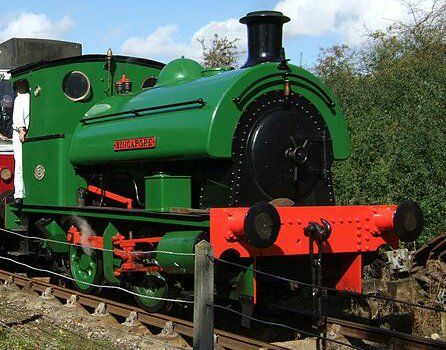About
Though it may look bright and colorful like a child’s toy train, the Singapore locomotive witnessed one of the darkest events in British military history. It, along with about 80,000 Allied servicemen, were taken as prisoners of war when the Japanese invaded Singapore in 1942.
Built in Scotland, the locomotive arrived in the Singapore Naval Dockyard three years before the start of World War II. The train—and the men who worked it—did not fare easily once the war began. It suffered severe damage when the Japanese sieged Singapore in February of 1942. Even now, its right hand cylinder cover and boiler cladding sheets bear the scars of the bullet and shrapnel damage it endured.
The train remained in Singapore, though a number of the Allied prisoners who were captured along with it were forced to work on the so-called “Burma-Siam Death Railway,” which was immortalized in the film Bridge on the River Kwai. When the war ended, more than 100 Japanese officials who oversaw the railroad’s construction were tried and convicted as war criminals.
After the war, the locomotive continued to work in the Singapore Naval Dockyard until, in December 1953, it came home to the United Kingdom for use at Chatham Dockyards in Kent. The Singapore later became the first working steam locomotive in the Rocks by Rail collection at the Rutland Railway Museum. It served a brief stint at the Imperial War Museum in Duxford before returning to Rutland with its own memorial service. The locomotive was then declared a registered war memorial and was adorned with plaques dedicated to the Allied prisoners of war who suffered in the Far East.
Related Tags
Community Contributors
Added By
Published
January 8, 2018






















